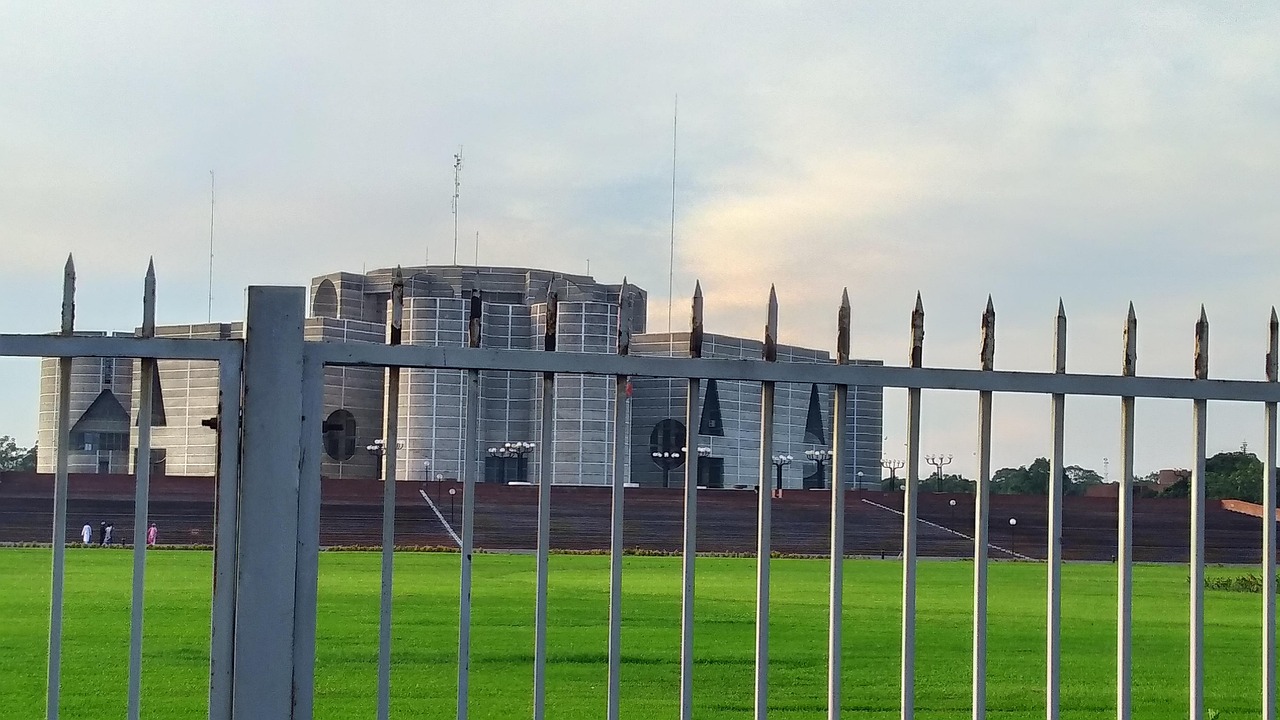Soccer, or football as it’s globally known, has seen remarkable growth in Asia over recent decades. Once overshadowed by European and South American dominance, Asian football is steadily carving out its own space on the world stage.
1. Expanding Leagues and Investments
Countries like Japan, South Korea, China, and the Middle East have invested heavily in domestic leagues. The J.League (Japan) and K League (South Korea) are respected for their quality and fan engagement. China’s Super League attracted big-name players and coaches, signaling serious ambitions.
“Asian football is moving from the shadows into the spotlight, fueled by passion and smart investments.” — AFC Official
2. National Teams Making Their Mark
Asian national teams are increasingly competitive in international tournaments. Japan and South Korea regularly qualify for the FIFA World Cup, while emerging teams like Iran, Saudi Arabia, and Australia push hard for continental supremacy.
3. Youth Development and Academies
Grassroots programs and youth academies across Asia are nurturing the next generation of talent. Countries are partnering with European clubs to exchange knowledge, improving coaching standards and player development.
4. Challenges: Infrastructure and Popularity Gaps
Despite progress, challenges remain. Many countries still struggle with inadequate infrastructure and lower popularity compared to cricket, basketball, or other sports. Consistent governance and investment are needed to sustain growth.
5. The Asian Football Confederation (AFC)
The AFC plays a vital role in organizing competitions like the AFC Champions League and Asian Cup, promoting unity and competitive balance across the continent. Its initiatives aim to elevate standards and visibility.











